Sigma SD1 and the Foveon Merrill sensor
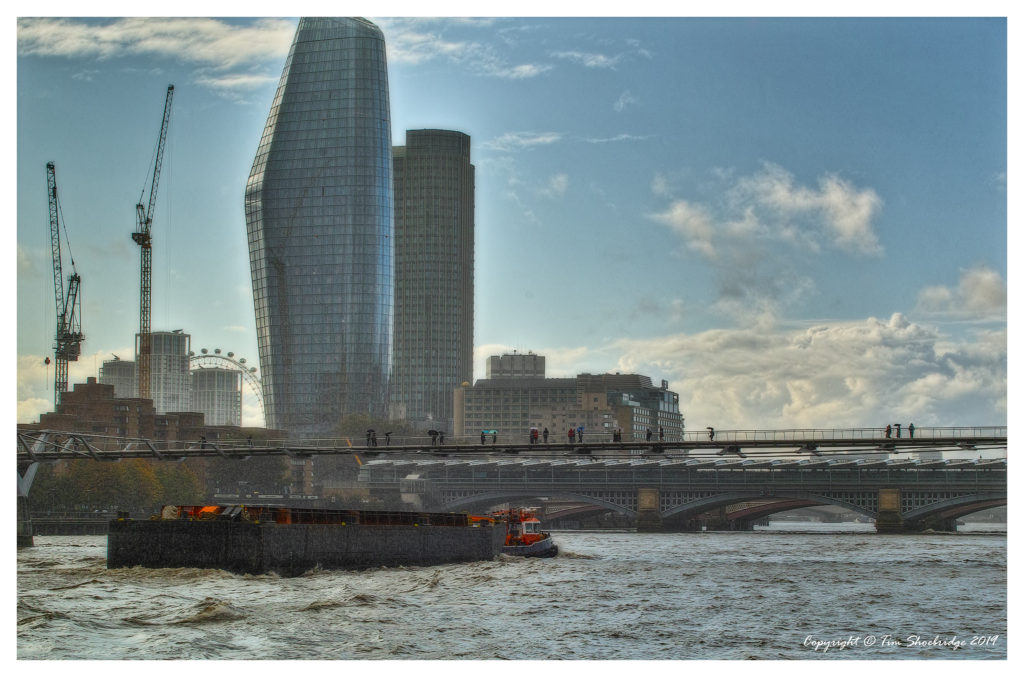
Here are more images shot with the Sigma SD1 and its legendary Foveon Merrill sensor. Only 16 megapixels in overall resolution but with three separate colour-capture photosites at every pixel, that makes 48 million photosites in total. A revolutionary sensor design in so many ways but one that comes with its own set of flaws, the main ones being very slow read-out speeds and a severe lack of low light sensitivity; push the sensor past 400 ISO and the amount of noise you will get makes most images unusable.
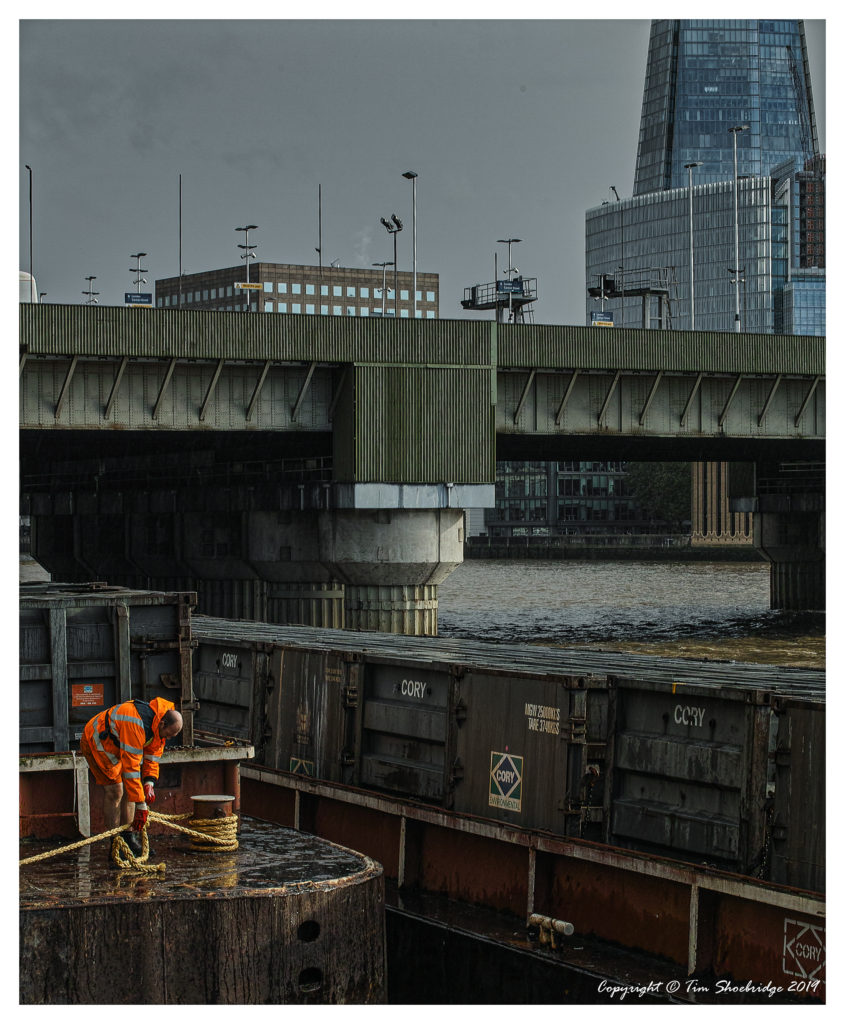
But despite its flaws, there is something rather magical about the images that the Foveon Merrill sensor produces. First, there is a colour accuracy that no equivalent Bayer sensor camera can capture. In a Bayer sensor each photosite records only red, green or blue. In fact 50% of the photosites record green, 25% record red and 25% record blue.
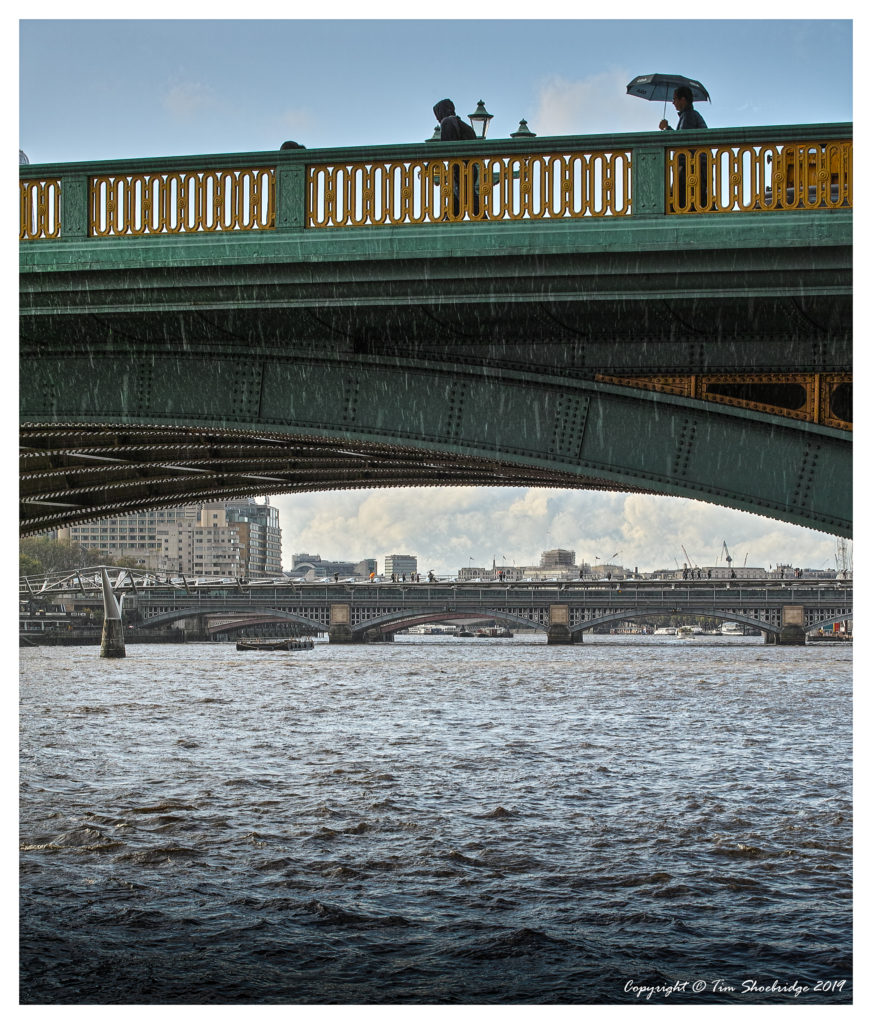
But in a Foveon Merrill sensor, red green and blue are independently recorded at every pixel position in the image. There is no colour approximation like there is in a Bayer sensor, there is no colour bleed. And this leads to another quality about Foveon Merrill images that Bayer sensor images lack: Clarity!
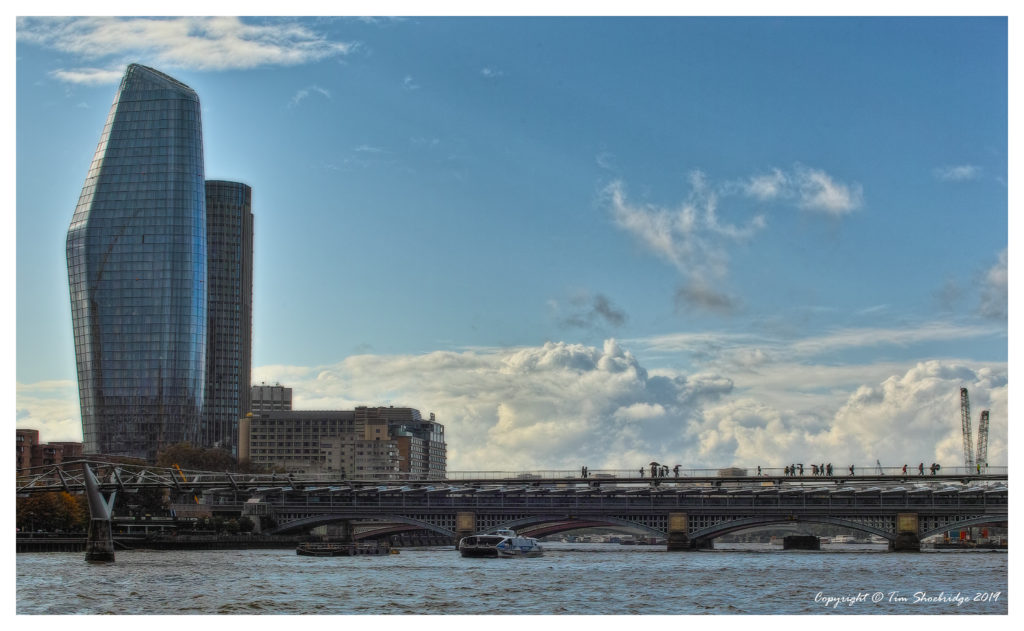
The 48 million photosites in a Foveon Merrill sensor do not add to the total resolution of the image, it is a 16 million pixel resolution image and no more. However all those photosites contribute to near-perfect colour separation at each pixel which in turn adds a clarity to images that is unique to the Foveon sensor. There is a level of detail in those images that surpasses what we would ever consider possible with a 16MP Bayer sensor image.
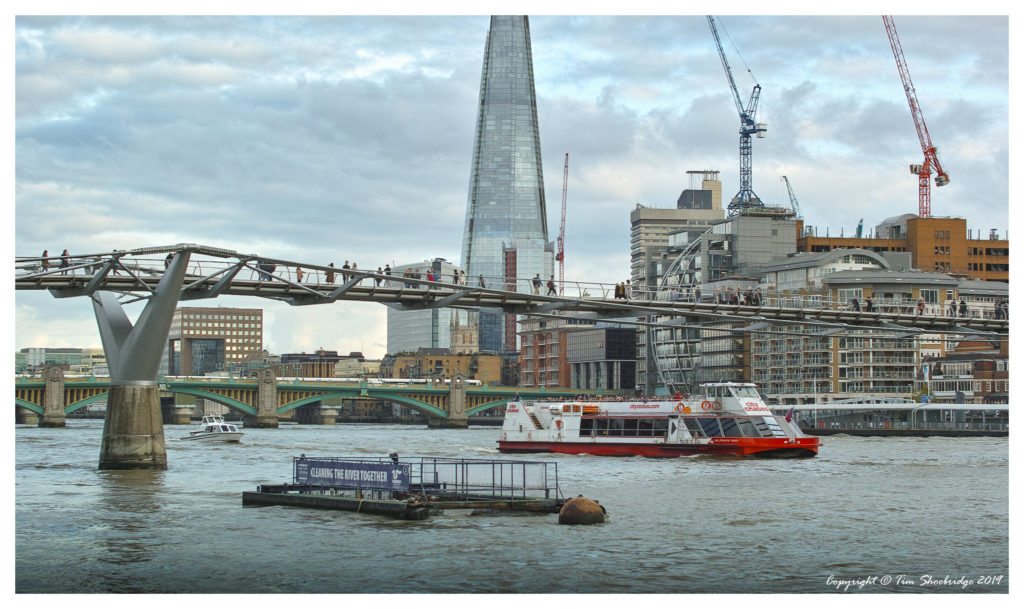
Side by side comparisons with Bayer sensor images show that the level of detail captured by the Foveon Merrill sensor is more like that of a 30MP or even greater resolution image. It is only when I bought my first Sony A7R mirrorless camera with its 36MP sensor that I finally had in my hands a rival to the SD1 in terms of captured detail.
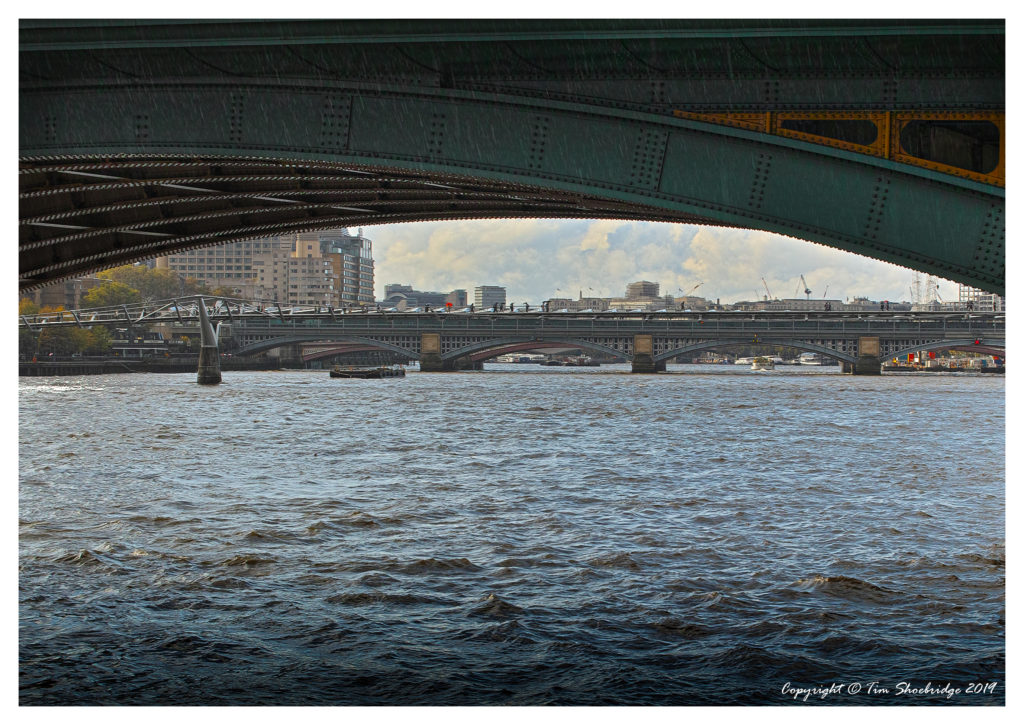
The arrival of the 36MP sensor developed by Sony and present in both the Sony A7R and Nikon D800 was the beginning of the end for the Foveon Merrill sensor. If you take an inefficient sensor design like the Bayer (inefficient in terms of pixel-level colour accuracy) but if you keep increasing the resolution and adding millions and millions of more photosites, then you will eventually capture enough colour information to make the resultant images surpass what the Foveon Merrill sensor could produce.
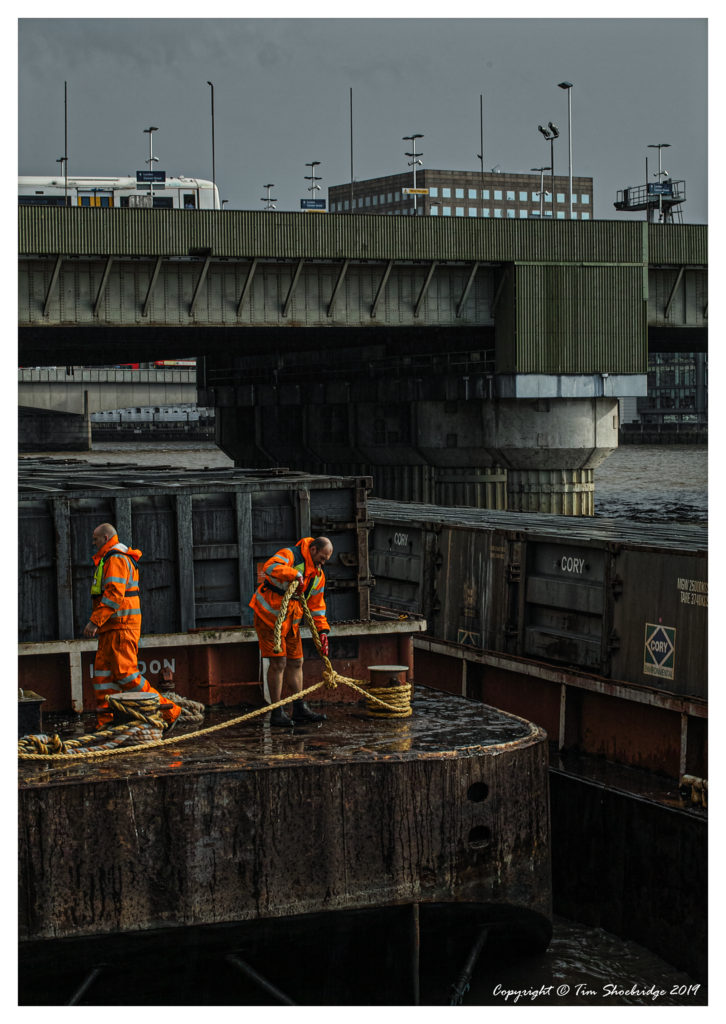
I firmly believe that if Sigma/Foveon had received sufficient investment (possibly through an alliance or licensing agreement with a sensor manufacturer such as Sony or Canon) then the Foveon Merrill sensor could be a world leading technology today. Instead, the Foveon sensor’s next iteration – called the Foveon Quattro – was a watered down compromise of a sensor, sitting somewhere between a Foveon Merrill and a regular Bayer sensor in terms of its photosites and colour capture capabilities. This was done to try to overcome the original Foveon Merrill’s flaws, but it was too little too late. Bayer sensors had been developed so rapidly by Sony that they now possessed incredible light sensitivity, incredible read-out speeds, and incredible resolutions. Bayer sensors are very much here to stay.